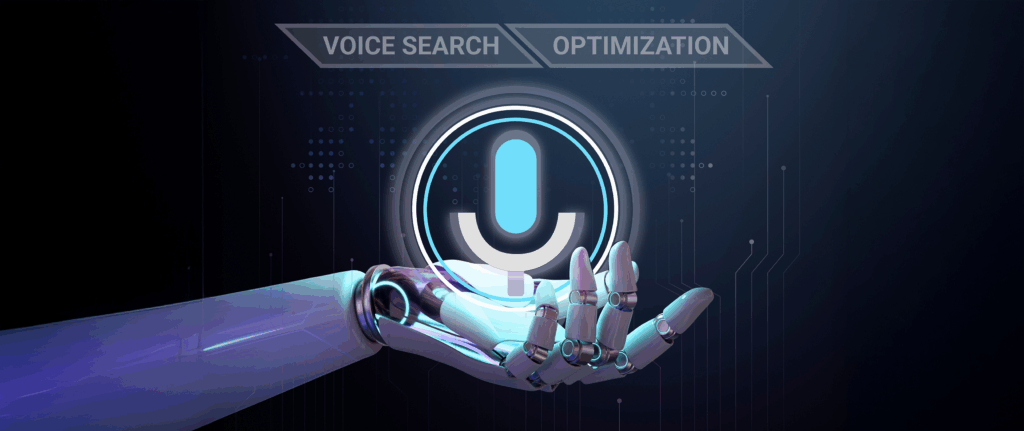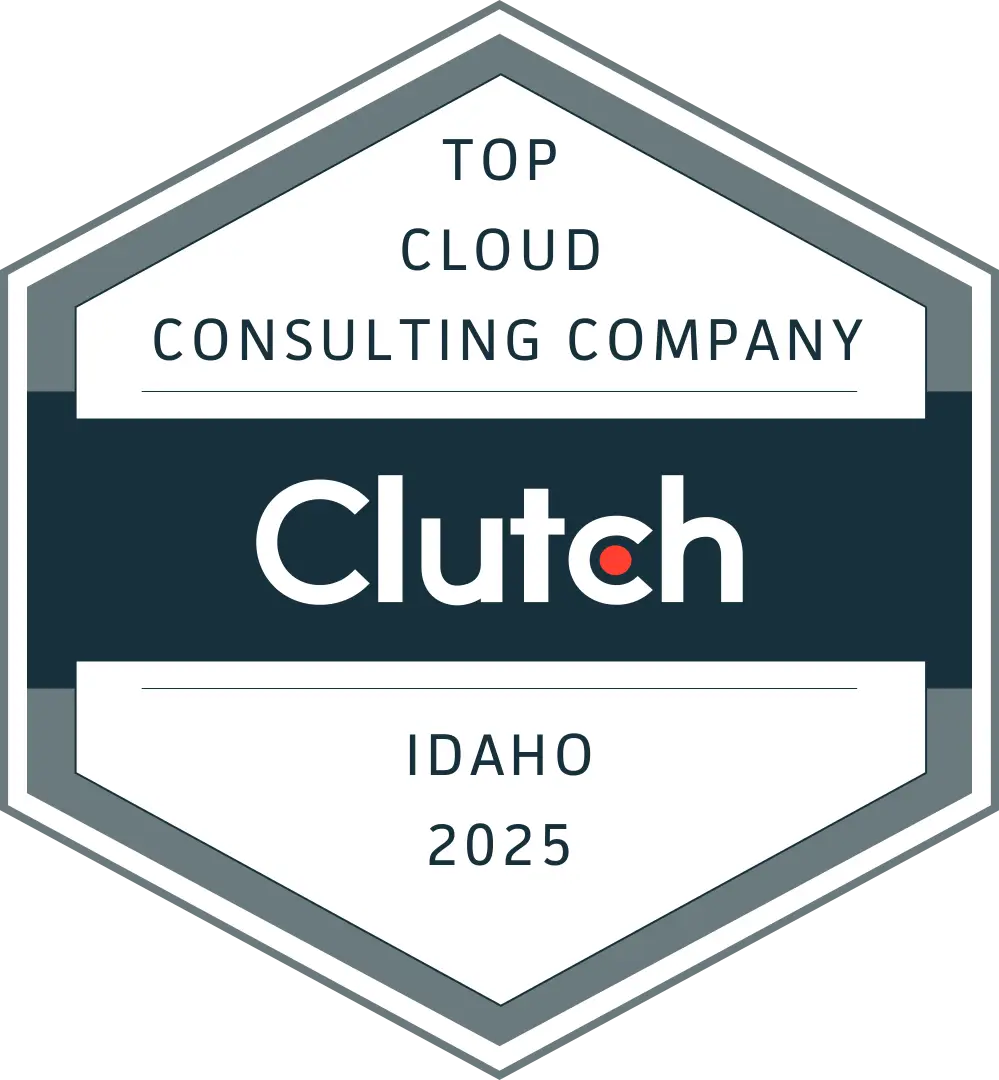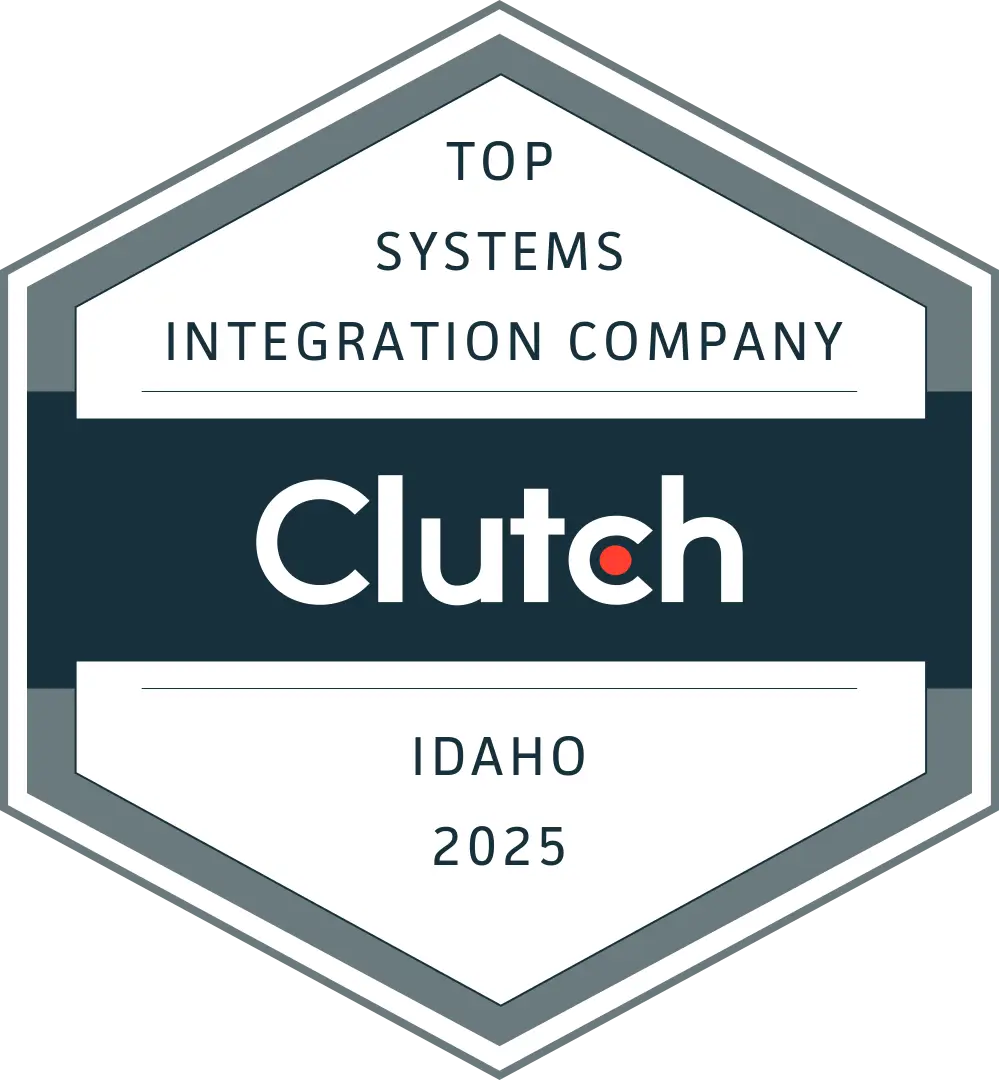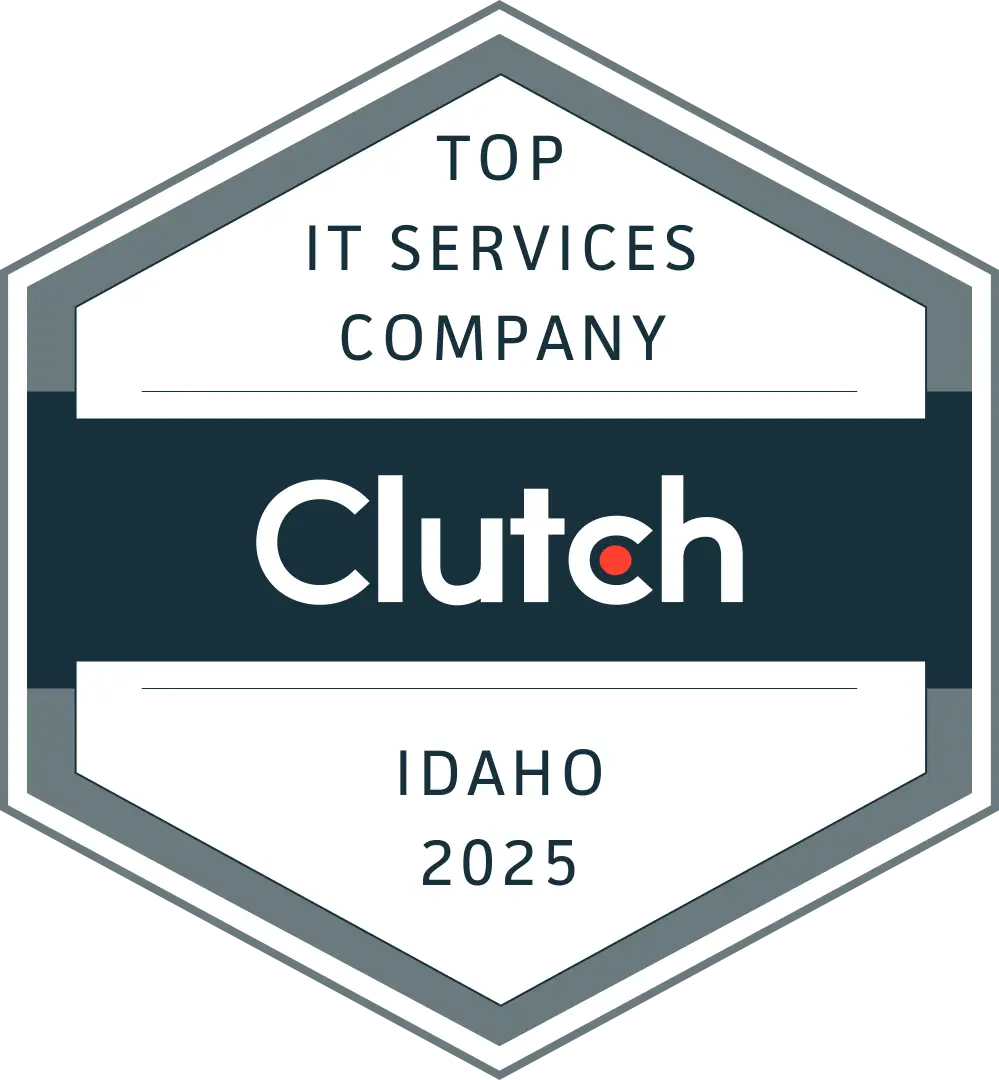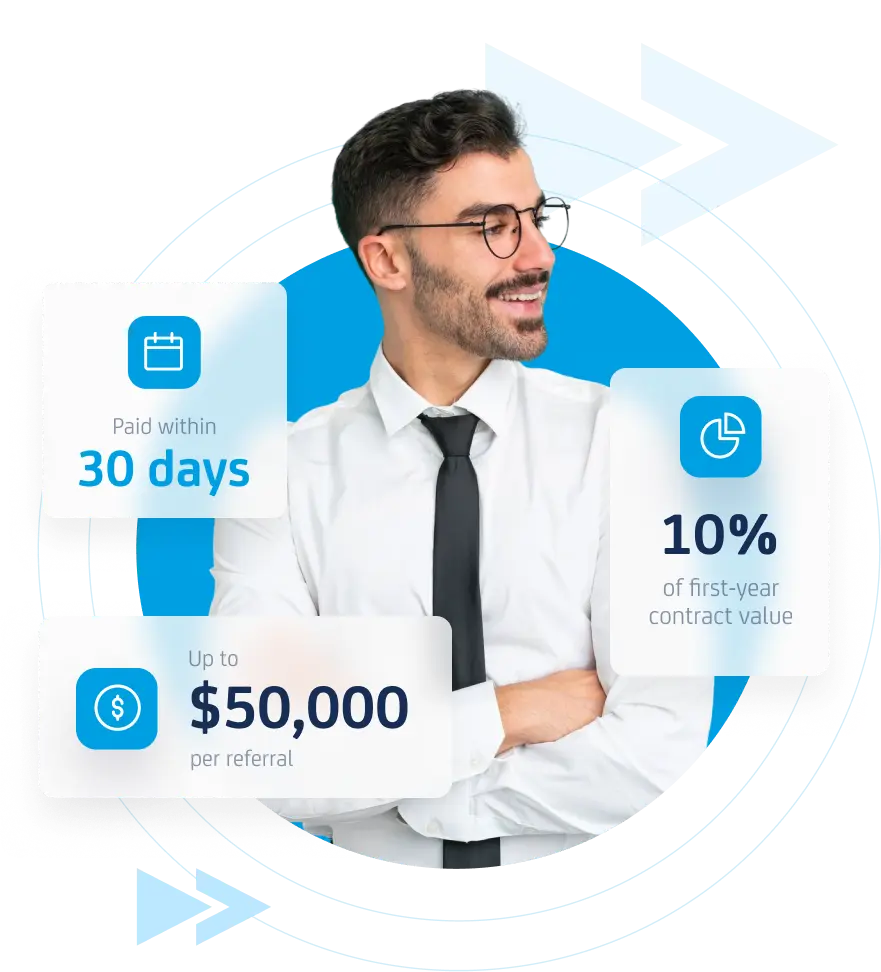
Agentic AI is no longer theoretical. It’s here, and it’s already reshaping how organizations approach automation, decision-making, and operational efficiency.
Unlike traditional AI models, Agentic AI systems act with autonomy. They don’t just provide predictions or outputs—they perceive their environment, plan actions, make decisions, and interact with other systems to achieve a goal. This makes them especially valuable in complex business environments where dynamic adaptation is required.
But the question most enterprise leaders ask is: “Where do we even begin?”
This guide lays out a clear, practical framework for adopting Agentic AI at the enterprise level.
Table of Contents
What is Agentic AI?
Agentic AI refers to intelligent software systems—known as AI agents—that operate with a degree of autonomy. These agents can:
- Observe an environment or data stream
- Make sense of the information (reasoning)
- Decide on a course of action
- Execute that action
- Learn from the outcome to improve over time
These agents may operate alone or as part of a multi-agent system, where multiple agents collaborate or specialize in sub-tasks.
Agentic AI differs from traditional ML models because it doesn’t just offer insight—it acts. And in enterprise environments, action is often where the value lies.
Why It Matters for Enterprise Systems
Most enterprises already use AI in some form—predictive models, recommendation engines, or RPA (robotic process automation). But these solutions are:
- Static: Models predict, but don’t act
- Siloed: They live inside one system, not across workflows
- Rule-bound: Automation follows fixed logic, which breaks under change
Agentic AI overcomes this by creating systems that think and act, not just compute. This enables:
- Faster decision-making without human bottlenecks
- Workflow orchestration across platforms
- Adaptation to changing business conditions
- Reduction in manual exception handling

Use Cases with High ROI Potential
Agentic AI is best applied where there’s a need for judgment, coordination, or autonomy. Here are proven high-ROI use cases:
Fraud Detection and Response
Autonomous agents can monitor transactions, detect anomalies, take preventive actions (e.g., block payments), and notify users—within milliseconds.
Customer Service Automation
Multi-agent systems can manage tickets, escalate intelligently, handle sentiment-based routing, and even generate personalized follow-ups.
IT and Cloud Ops
Agents can auto-resolve known issues, allocate resources, monitor performance, and coordinate across infrastructure tools like Datadog, AWS, or Azure.
Financial Reconciliation and Audit
Agents validate transactions, cross-check records, and flag inconsistencies across multiple financial systems.
Procurement & Vendor Onboarding
AI agents handle document collection, background checks, compliance scoring, and auto-approval routing.
Readiness Checklist: Before You Start
Ask these questions first:
- Do you have high-quality, accessible data across your systems?
- Are key business workflows well-defined and documented?
- Do you already use automation or AI tools (e.g., ML models, RPA)?
- Is your IT architecture API-friendly and modular?
- Do you have stakeholder alignment on AI governance and ethics?
If the answer is “no” to several of these, it’s wise to start with AI strategy consulting or data infrastructure improvements before diving into agent development.
Step-by-Step Adoption Roadmap
Step 1: Identify a target use case
Start with a narrow, high-impact task. Example: automated KYC document verification or refund fraud detection. Ensure it has clear KPIs.
Step 2: Build a proof of concept (PoC)
Use open-source frameworks (e.g., LangChain, AutoGen) or a managed platform. Integrate with internal systems via APIs or test data.
Step 3: Define agent architecture
Decide on:
- Observation method (event stream, polling, direct input)
- Reasoning approach (rules, ML, hybrid)
- Action interface (REST APIs, system hooks, human handoffs)
- Memory (short-term vs. long-term context)
Step 4: Pilot in a limited environment
Run the agent in a sandbox. Track metrics like response time, error rate, decision quality, and human override frequency.
Step 5: Expand and integrate
Move the agent into production environments with safeguards. Connect to other agents or business systems. Monitor continuously.
Technical Architecture Overview
A typical agentic AI system includes:
- Environment: The system or data space the agent interacts with
- Perception Layer: Ingests data (via logs, APIs, streams)
- Reasoning Engine: Logic, ML models, or fine-tuned LLMs
- Action Layer: Interfaces for executing tasks
- Memory Store: For context persistence and learning
- Governance Layer: Human-in-the-loop, audit logs, fallback policies
Agents can be cloud-native, containerized, and deployed alongside existing microservices.
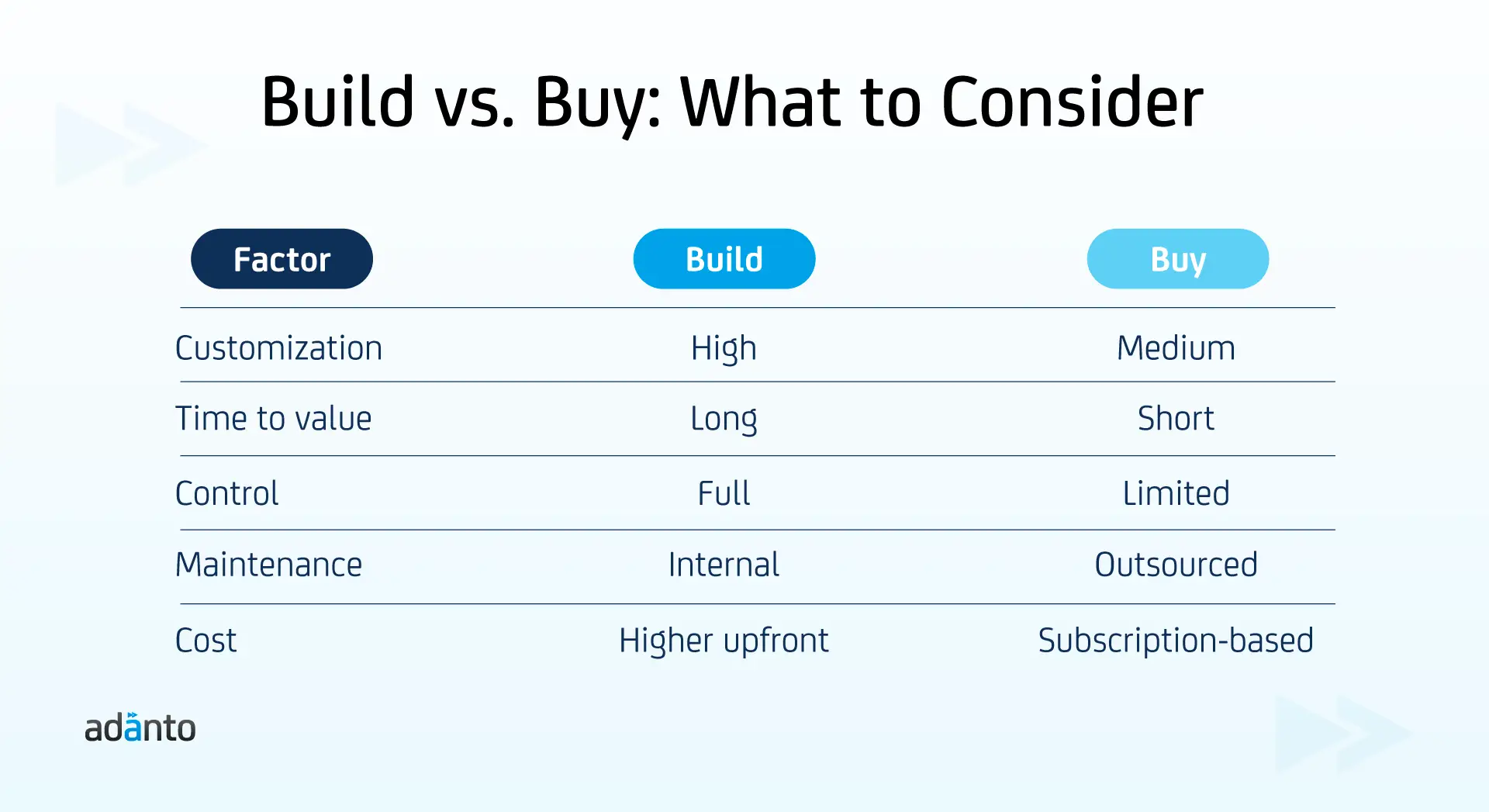
Final Thoughts
Agentic AI is not a trend—it’s a capability shift. It allows systems to adapt, act, and scale decisions faster than humans ever could. For enterprises, it’s not about replacing people—it’s about augmenting them with agents that can handle complexity, speed, and scale.
Early adopters will gain a real advantage—not just by reducing costs, but by building more adaptive, intelligent, and responsive operations.
Interested in Building Agentic AI into Your Business?
Adanto helps enterprise teams design, deploy, and manage autonomous AI agents. From pilot projects to full-scale production systems, we partner with clients across fintech, retail, and cloud operations to deliver results.

